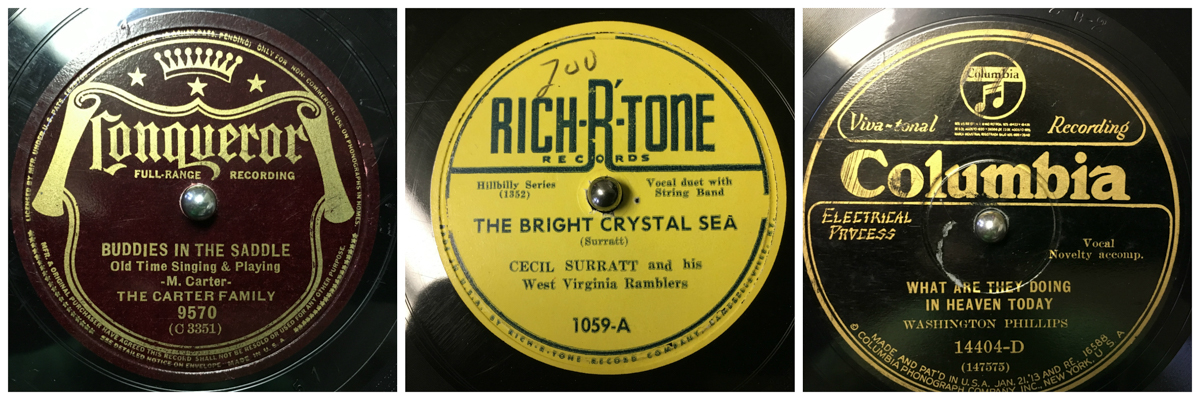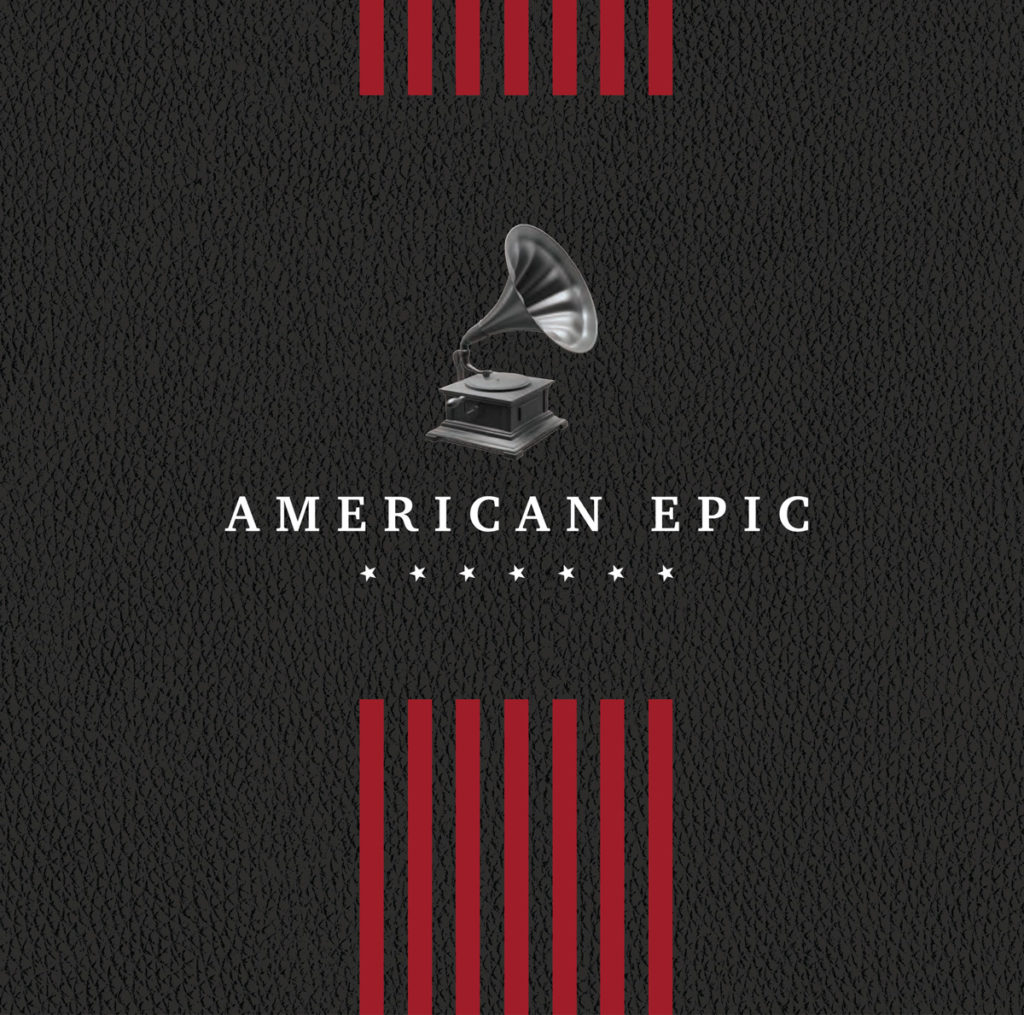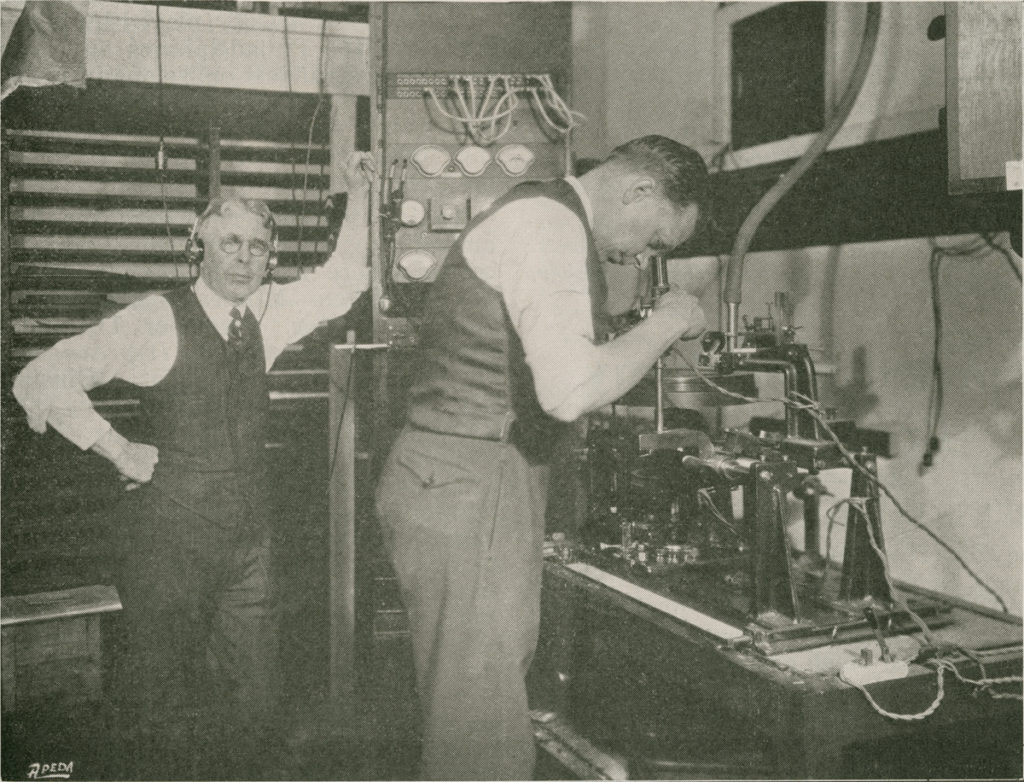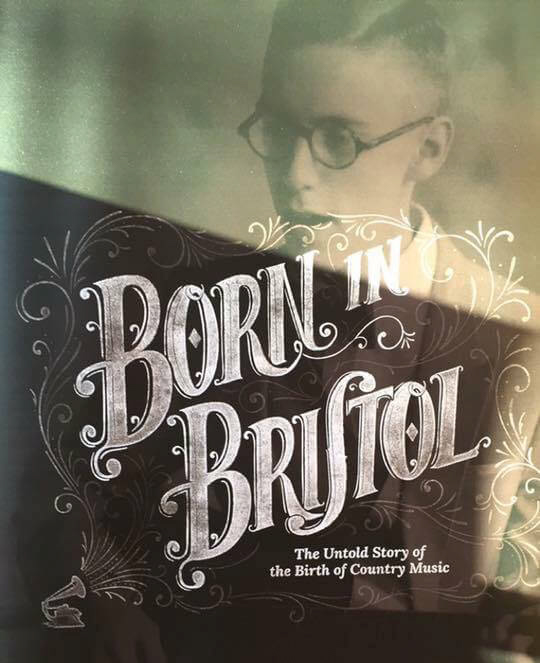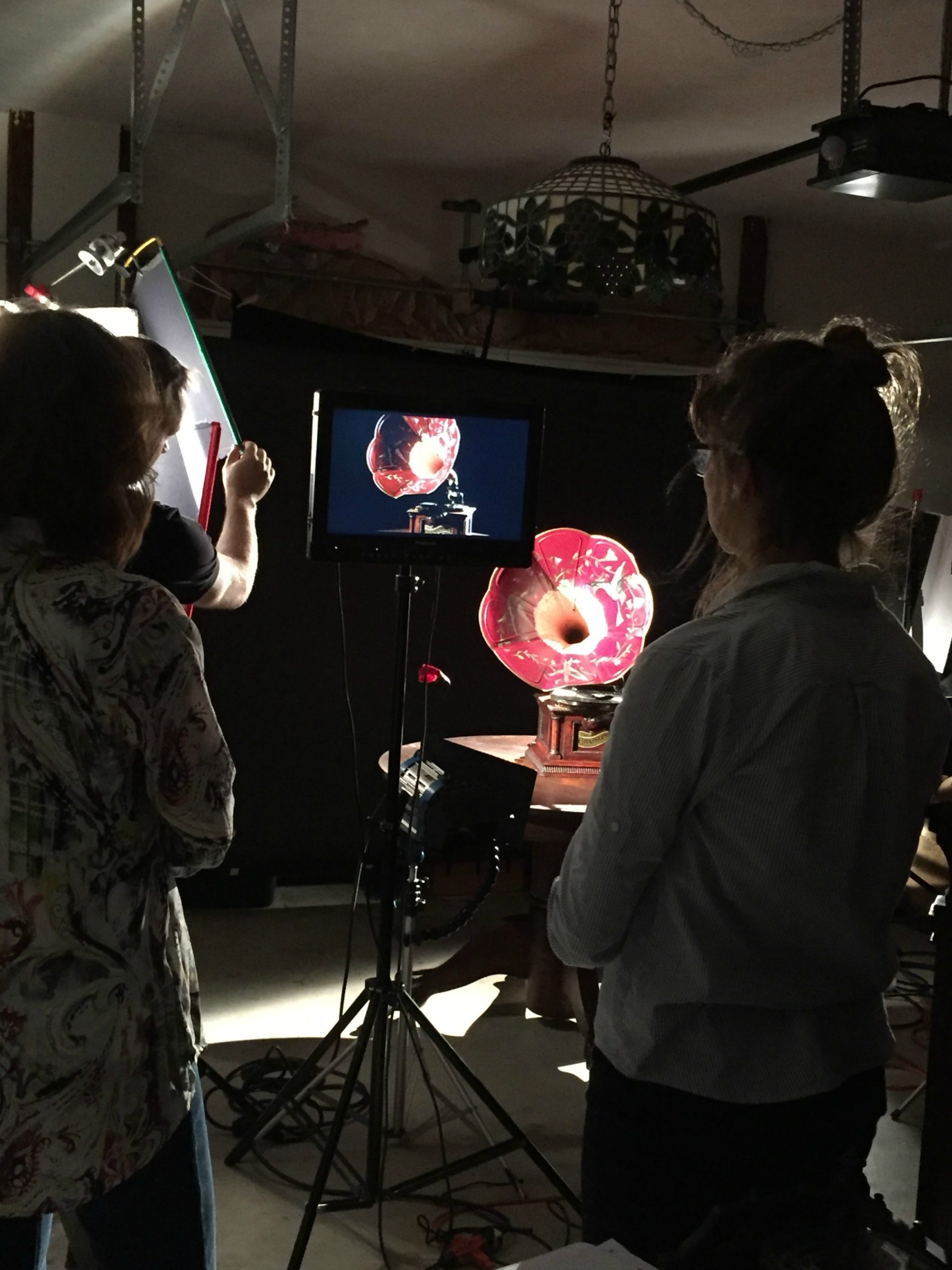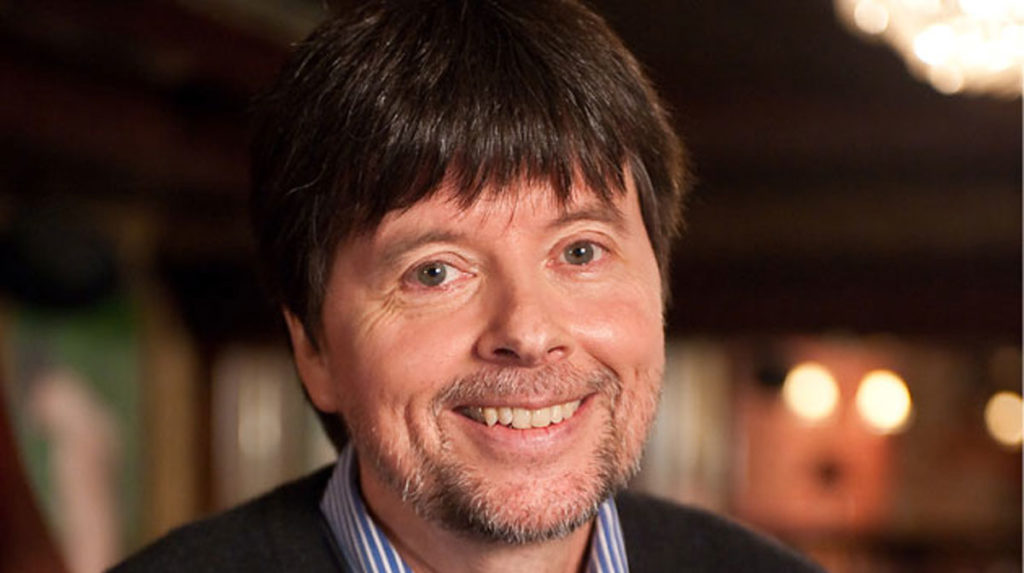By Ivy Sheppard, August 12, 2017
I come by my love of old-time music and records naturally. The earliest sounds I remember are listening to my grandfather’s scratchy records on a console record player in our old log house. Hank Williams Sr. singing the “Lonesome Whistle,” Jimmie Rodgers, fiddle tunes, and anything by Rockingham County native Charlie Poole was the soundtrack of my childhood. I remember the first time I heard some sort of modern music and I asked my mother what it was, and she said, “Oh, that’s city music. We don’t listen to that.”
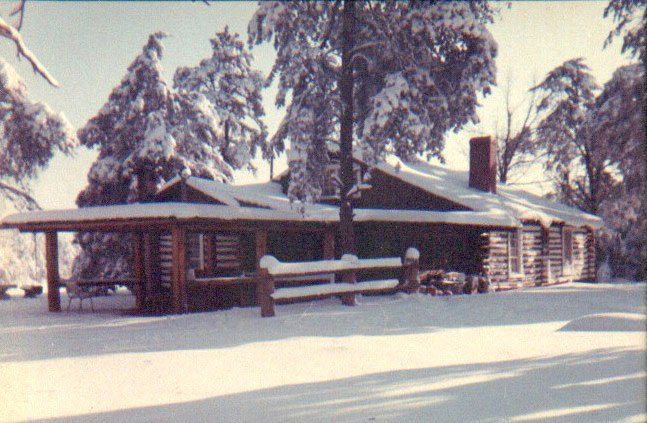
Today is National Vinyl Record Day, and in honor of that as a collector, I thought I’d write a post about shellac 78rpm records, the grandaddy of modern vinyl records. 78rpm records really came into vogue in the early 1920s and were the industry standard until the introduction of 33 1/3rpm and 45rpm in 1948 and 1949, respectively. Records are time capsules capturing sound from a particular moment that would’ve otherwise forever been lost. We can get some little notion of what 1931 was like from the music and voices magically preserved on records. There can’t possibly have been a greater invention in the history of the world.
In the early days of recording there weren’t high-tech electronic record players to reproduce sound. The recordings were made totally live, cut direct to disc, and playback was all acoustical and mechanical. Around 1925 recording techniques advanced significantly with the arrival of the Western Electric system. Sadly phonograph technology did not move forward so quickly. Phonographs had a crank or wind up to power them, then a small steel nail carried the sounds in the grooves to a speaker where the levels were controlled by opening or shutting doors. The records had to be made of a sufficiently durable material to withstand the weight of the tonearm and a nail digging into the grooves. Fortunately for us, playback technology has drastically improved and enough records survived or escaped this torture so that folks like me can collect them and share them with the world on radio.
Check out this demo of an old record playing on a Victrola phonograph. Please note: No records were hurt in the production of this video. I used a cracked record.
Most people who know me would probably say I’m an obsessive record collector, but that isn’t entirely correct. Of course, I am. I have a few thousand 78s, and as many LPs and 45s. But more accurately, I’m a music collector. I’m a Carter Family nut, an old-time musician, and a radio show producer for several stations including WBCM-Radio Bristol, Bluegrass Country, and WPAQ.
Preserving old sounds and sharing them with new listeners is what I love most in the world. I used to want nothing more than to play music. It was my heart’s desire, and I spent the better part of 20 years of my life traveling up and down the roads playing honest old-time music, first with the Roan Mountain Hilltoppers, and then with my own band, the South Carolina Broadcasters.
These days I get just as much enjoyment out of listening to the sounds of a bygone era. As much as we try, that music can never be recreated by folks like me. We will never know the world, the trials and struggles of those great early country performers whose voices go straight to our souls and were thankfully captured on the grooves of shellac records. I feel extremely fortunate to be able to share this music that means everything to me on stations such as Radio Bristol.

There’s a lot of music in a lot of formats that would never be heard, or quite likely would be lost, if it weren’t for people like me, who spend countless hours digging and searching through dusty piles of dingy records. Although I mostly focus on 78rpm recordings, I also have an extensive collection of 45s, 33s, and reel-to-reel tape, primarily comprising recordings that have not been reissued. Obscure gospel is what trips my trigger, and I recently teamed up with the Field Recorders Collective to reissue the recordings of Early Upchurch, a regional gospel singer from Mount Airy, North Carolina, where I live. It’ll be out soon!
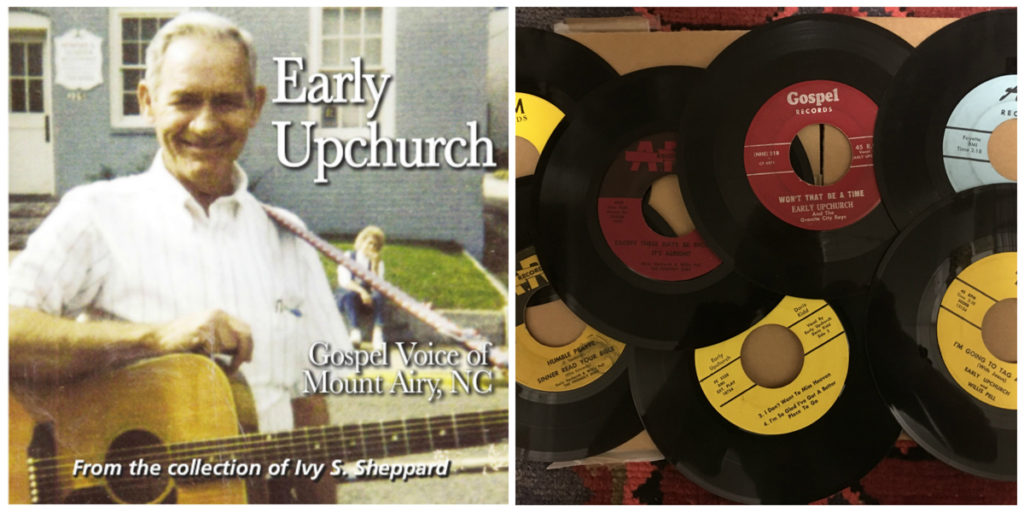
One of the many things I love about record collecting is that it’s a low-tech occupation. When I come in with a pile of new records from a hunt the first thing I do is bring them out on the kitchen counter and give them a good bath with some dish soap and a brush. Then I lay them out on towels, let them dry, sort them, run to my record room, and start listening. My husband knows there won’t be supper on those nights.
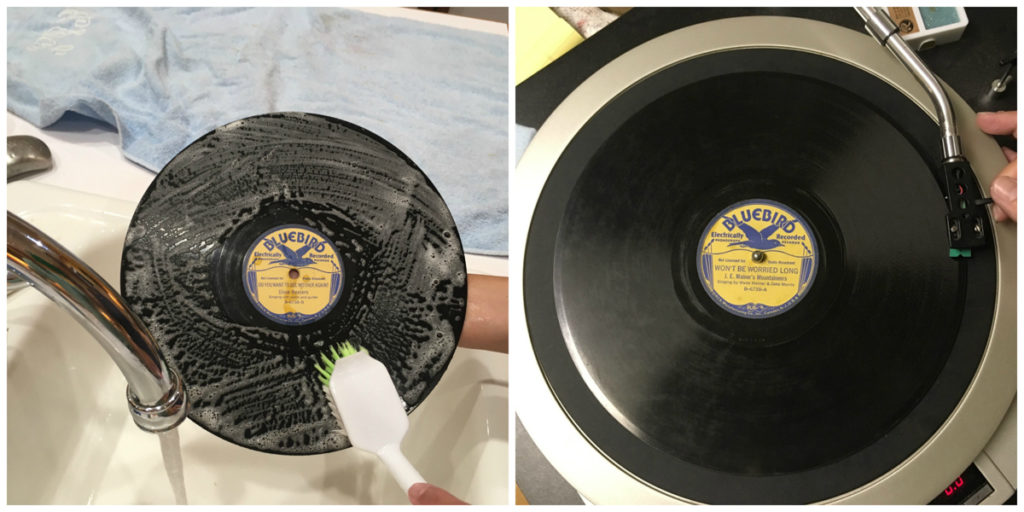
I make all of my radio shows with the best in 1950s technology. I run a Fisher monoblock tube power amplifier, a Pilotrol mono preamplifier, and a little mixing board that links up all my record players, tape decks, and reel-to-reel players. There is no computer involved until I have to transfer the recordings to the radio stations. Creating shows is an entirely intuitive process for me. I typically think of the first record or two that I want to play and then follow where my mind takes me. Listeners always know when I’ve picked up a new lot of records because they’re sure to make their way on the air.
Some people collect labels or names. There’s nothing that gets me more fired up than discovering some new treasure. I recently came across a transcription disc of a band who recorded at radio station WPAQ in Mount Airy in the late 1940s. They had a regular radio show on the station, and I reckon traveled regionally playing hillbilly music. It’s killer good stuff, and I was really excited to share it on my radio show, Born In The Mountain! And on a recent afternoon, I came across a home-cut disc of Frank & Vivian singing “Just a Closer Walk with Thee.” It is hillbilly gospel perfection, and I doubt we’ll ever know anything more about them than that.
It’s the excitement of putting down the needle or starting the tape and hearing something new and wonderful that wakes me up in the morning. And it’s knowing that I have the opportunity to get those sounds out to a larger audience that gives my life purpose.
Guest blogger Ivy Sheppard shares her love of records and music as the producer of the Born in the Mountain radio show, which airs on Radio Bristol Tuesdays and Thursdays noon to 2pm.
* Collectors love old records, and so do museums and libraries! For an insight into how professional conservators help preserve old records and other audio-visual materials for museum and library collections, check out the relevant pages at the Library of Congress and the Northeast Document Conservation Center.


